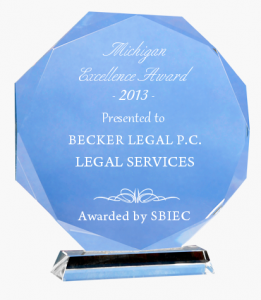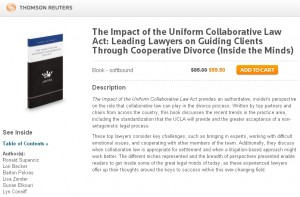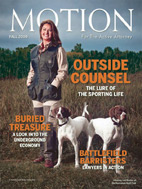Menu
Divorce with collaboration? It can happen
By: Sue Carlton
Tampa Bay Times
http://www.tampabay.com/news/courts/divorce-with-collaboration-it-can-happen/2143012
It took only a few minutes, less time than your average Vegas wedding. And that included the hugs and handshakes afterward and the photographer snapping pictures of the smiling couple with the officiating judge.
Except what happened Friday morning in Hillsborough Judge Laurel Lee’s courtroom was actually a marriage irretrievably broken: a divorce.
But this was “collaborative” divorce — which sounds like a contradiction in terms if you’ve ever heard tales of couples locked in long, bitter legal battles over who gets the candy dish.
Pamela Burton and Tyler Nelson became the first in Florida, at least according to their (collaborative) lawyers, to have a pro bono collaborative divorce. This meant their counsel, plus a psychologist and an accountant involved in reaching a mutually agreeable settlement instead of engaging in a traditional court fight, all worked for free.
(Important program note: Collaborative divorces are generally no more free than regular ones. But the true believers involved decided to go pro bono on this one to raise awareness of a different way of doing divorce.)
When I covered the courthouse as a reporter, there was this saying: In criminal court, you see bad people at their best, hoping to convince a judge and jury. In divorce court, you see good people at their worst.
Judges and lawyers can tell you horror stories of people in pain pitted on opposite sides and fighting to the death over who gets the pots and pans. Or, in one case I heard about, a broken dishwasher. You have to think it wasn’t really about the dishwasher.
“I’ve been doing divorces for 20 years,” attorney-for-the-wife Joryn Jenkins told me. “And it’s just not right for married couples, (particularly those) who have children, to go to war.”
In collaborative divorce, the lawyers work together. The agreed-upon experts brought in — a mental health professional, a financial person — are neutral and there to work toward the best possible end for both sides. (In this case, lawyer-for-the-husband Adam Cordover told me, the accountant actually found a tax break involving the couple’s child that saved them money.)
Clearly, it’s not for anyone mostly interested in scorched earth.
“I think it’s genius,” said Hillsborough family law judge Catherine Catlin. “You take the decision away from the person sitting in a robe in the courtroom, who’s a stranger to your children.”
Jennifer Mockler, the psychologist in the case, echoed that: “I would just rather the parties themselves try to reach an agreement, rather than a judge who doesn’t really know them.”
Used for years around the country, these divorces have appealed to celebrities and the rich. Details of finances and such can be kept from the public record when couples are not duking it out in court.
Friday, the judge reviewed the couple’s financial affidavits and settlement, made sure everyone was indeed on board, and that was that. Not “I do,” but I don’t anymore, and collaboratively.
After the most remarkable divorce I ever sat through was done, everyone stepped out the courthouse doors into the sun for a few more arm-in-arm pictures in front of the statue of Lady Justice. Then the just-unmarried couple said goodbye and walked off their separate ways.











 Lori D. Becker is featured on Super Lawyers.
Lori D. Becker is featured on Super Lawyers.